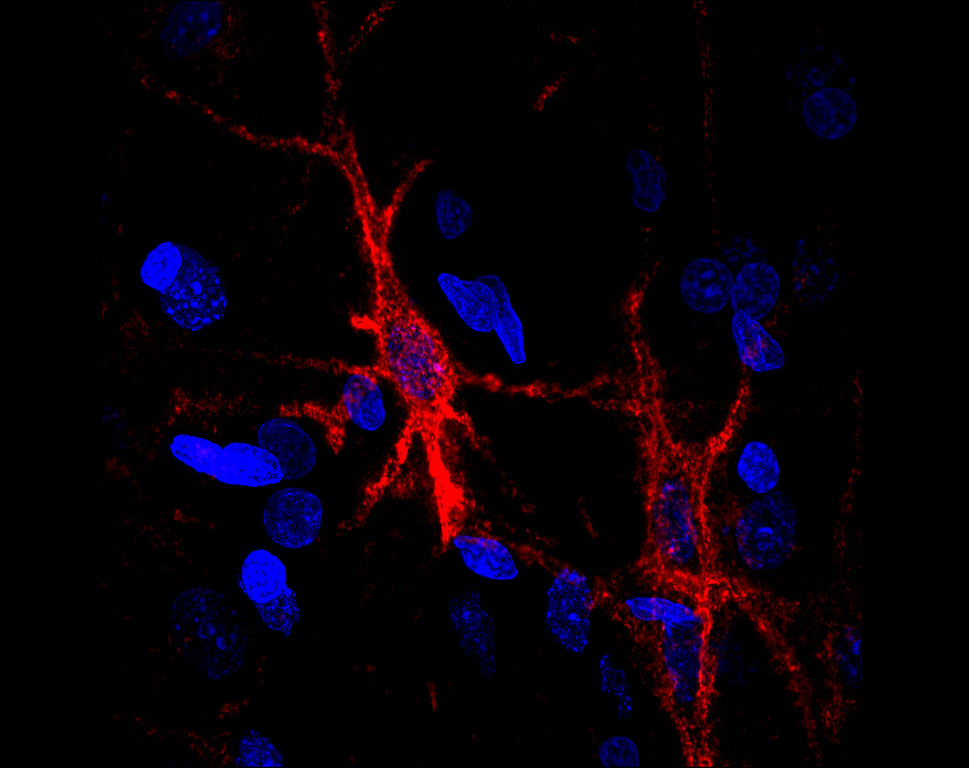Comments
- No comments found

How exactly does the memory work?
What is the efficiency of the structure and function of the connectome of the memory that makes mice and humans adapt?
Memory is to know. There are lots of known things. Most of them are similar — cars, houses, rooms, chairs, tables, food, drinks, plates, scents, danger, play and so on.
Familiarity — by the memory — indicates something there. Similarities do not mean differences or uniqueness of respective things don’t exist.
What the memory does is store then group.
Theoretically, a store is for the smallest possible unique thing about anything. Whatever is similar between that store and others is grouped.
So the memory is structured for groups, but with connections of transport for stores, relaying across all the time.
This is the basic operation of the memory that makes mammals adapt to their environment.
There are several multidisciplinary [brain sciences] memory labels. However, they hardly feature a function, structure and constituent of memory to be useful in explaining mental health conditions, neuroplasticity models, addictions and so on.
The memory stores thought or a form of thought — not displayed by microscopy.
Stores capsule, carry, or bind to thoughts while in memory locations as they travel to groups. There are stores that pick up thoughts as they come into the memory. There are also resident stores as equivalent [or representations] of respective interoception and exteroception.
Some are adjacent to default groups, others are in their own space, but incoming thoughts mostly locate an existing store, to ease how they get to groups.
There are cases where a ‘picker’ does this matching job, instead of delays — where incoming seeks existing.
Forgetting, for instance, can be a situation where the incoming store does not locate the resident store. It still goes to groups but the unique information about the thing is not recalled. This is obvious in cases where the specific day something regular happened may not be remembered, but what happened the day before or after, was remembered. Forgetting too can sometimes be a situation where the resident store goes to one group, but does not go to the other. This is obvious when recalling something but some properties are remembered and others are not.
The thalamus is the landing spot of all stimuli, except smell, landing at the olfactory bulb.
It is after sensory processing at these landing spots that procession to the cerebral cortex is made for interpretation.
Sensory processing or integration is theorized to be into a uniform quantity or uniform unit which is thought or a form of thought.
Interpretation is postulated to be knowing, feelings and reaction.
Knowing is in the memory where store-group works go on.
Some groups have what it means to feel-like something, which may be followed by the actual feeling, then reaction, all immediately.
Just like in a case of panic, fear, and so on.
It is the memory that helps to learn and know, by store and group, in mice and humans.
In a recent paper in Science, “Connectomic Comparison of Mouse and Human Cortex”, the authors expressed, “although human cells are much larger compared with mouse neurons and are more numerous, on average, they do not receive more synapses. And, even though there are three times more interneurons in the human cortex than in the mouse, the excitation-to-inhibition ratio is similar between the species. The human cerebral cortex houses 1000 times more neurons than that of the cerebral cortex of a mouse, but the possible differences in synaptic circuits between these species are still poorly understood.”
One of the Authors, Moritz Helmstaedter, Director, Department of Connectomics, Max Planck Institute for Brain Research, speaking with Spectrum said, “excitatory neurons are the majority of the cells in the brain — around 70 percent of the neurons in humans and around 85 percent in mice.”
Memory — in the cerebral cortex — with abundance of synapses, has stores and groups, theoretically as its mechanism.
Leave your comments
Post comment as a guest